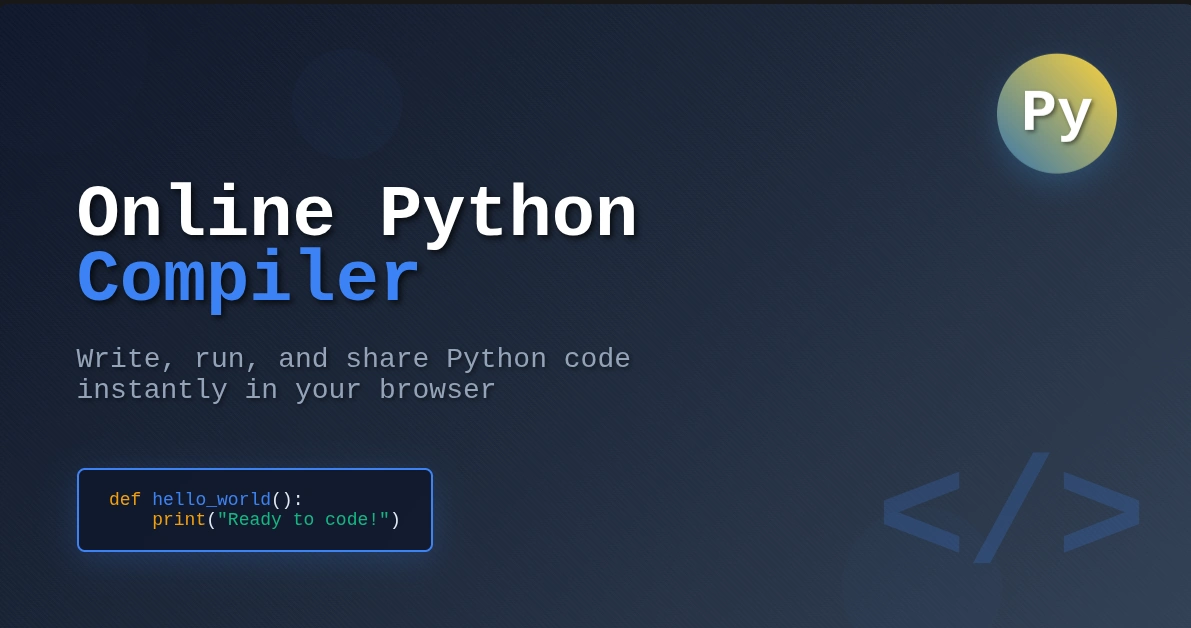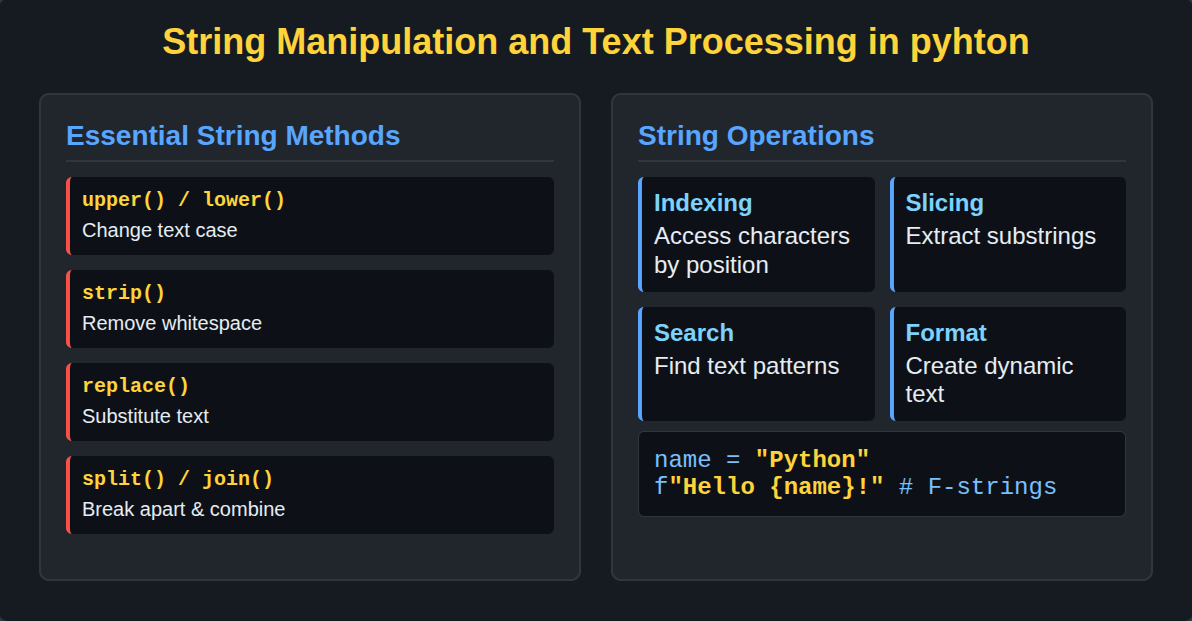- Why Parse HTML?
- What Are Regular Expressions in Python?
- Examples to Parse HTML in Python Using Regular Expressions
- Why you should be cautious with Regex for HTML
- When to Use Regex vs. HTML Parsers
- Alternative: Using BeautifulSoup for HTML Parsing
- Best Practices for HTML Parsing with Regex
- Useful Regex Patterns for HTML
- Parsing HTML with Regex: A Sample Script
- Real-World Applications
- Conclusion
- Frequently Asked Questions (FAQs)
Web scraping, automation and data extraction often start with parsing HTML. BeautifulSoup and lxml are made for HTML parsing in Python, but the re module (regular expressions) is also a helpful and flexible tool if applied with care.
Here, you will find out how to use regular expressions with Python to parse HTML, learn what those expressions cannot do and see the differences between using such expressions and BeautifulSoup.
Why Parse HTML?
HTML parsing helps you extract data from web pages for:
- Web scraping (e.g., product prices, articles)
- Automation scripts
- Data analysis and transformation
- Building custom tools
While structured parsers are more robust, regular expressions can offer a fast and simple solution for predictable HTML patterns.
In this course, you will learn the fundamentals of Python: from basic syntax to mastering data structures, loops, and functions. You will also explore OOP concepts and objects to build robust programs.
What Are Regular Expressions in Python?
Regular expressions (regex) are sequences of characters that define a search pattern. Python’s built-in re module allows you to:
- Match patterns using
re.search()orre.findall() - Replace text with
re.sub() - Compile reusable patterns with
re.compile()
Example:
import re
html = "<h1>Welcome</h1>"
match = re.search(r"<h1>(.*?)</h1>", html)
if match:
print(match.group(1)) # Output: Welcome
Examples to Parse HTML in Python Using Regular Expressions
Let’s explore practical examples where regex can extract HTML elements.
Example 1: Extracting Titles
html = "<title>My Page Title</title>"
title = re.search(r"<title>(.*?)</title>", html)
print(title.group(1)) # My Page Title
Example 2: Extracting All Links
html = '''
<a href="https://example.com">Example</a>
<a href="https://openai.com">OpenAI</a>
'''
links = re.findall(r'href="(.*?)"', html)
print(links) # ['https://example.com', 'https://openai.com']
Example 3: Extracting Image Sources
html = '<img src="image1.jpg"/><img src="img/photo.png"/>'
sources = re.findall(r'src="(.*?)"', html)
print(sources) # ['image1.jpg', 'img/photo.png']
Why you should be cautious with Regex for HTML
HTML is not a regular language, which means it’s prone to variations and nesting that regex can’t easily handle. Issues include:
- Nested or malformed tags
- Optional closing tags
- Variations in attribute order
- Comments or embedded JavaScript
For anything more than simple, predictable patterns, use an HTML parser instead.
When to Use Regex vs. HTML Parsers
| Use Case | Regex | HTML Parsers (e.g., BeautifulSoup) |
|---|---|---|
| Simple static patterns | Yes | Yes |
| Nested or dynamic HTML | No | Yes |
| Broken/inconsistent HTML | No | Yes |
| Speed (for small tasks) | Yes | No |
Alternative: Using BeautifulSoup for HTML Parsing
If you find regex too brittle, use BeautifulSoup, a Python library designed for parsing HTML and XML.
from bs4 import BeautifulSoup
html = '<a href="https://example.com">Visit</a>'
soup = BeautifulSoup(html, 'html.parser')
link = soup.find('a')['href']
print(link) # Output: https://example.com
Learn how to parse and extract data using BeautifulSoup in this comprehensive guide.
Best Practices for HTML Parsing with Regex
- Use non-greedy
.*?to avoid overmatching - Always escape special characters
- Combine regex with other tools (like HTML tidy) if needed
- Avoid regex for large-scale or complex HTML documents
- Pre-validate your input source to ensure structure
Useful Regex Patterns for HTML
| Task | Regex Pattern |
|---|---|
| Extract <title> | <title>(.*?)</title> |
| Get all <a> hrefs | href="(.*?)" |
| Get image src | src="(.*?)" |
| Match all tags | <[^>]+> |
| Remove HTML tags | <.*?> (for use in re.sub) |
Parsing HTML with Regex: A Sample Script
import re
def extract_data(html):
title = re.search(r"<title>(.*?)/title>", html)
links = re.findall(r'href="(.*?)"', html)
return {
"title": title.group(1) if title else None,
"links": links
}
html_content = '''
<html>
<head><title>My Website</title></head>
<body>
<a href="https://site.com">Site</a>
<a href="https://docs.com">Docs</a>
</body>
</html>
'''
data = extract_data(html_content)
print(data)
Real-World Applications
- Web scrapers: Quickly get metadata or resource links.
- Custom text processing: Parse HTML reports or logs.
- Email HTML parsing: Extract links from newsletters.
- Pre-processing: Clean up before feeding to a parser.
Sharpen your web scraping and data skills, with the Web Scraping with Python course by Great Learning. Learn how to construct durable data pipelines by working on real-life examples.
Conclusion
Although parsing HTML with regular expressions tends not to be recommended, it can still be a powerful option in many simple, well-formatted cases. Use BeautifulSoup and similar parsers to handle more difficult situations on web pages.
In any situation, being able to extract data from HTML using Python allows you to design efficient web scrapers, tools and data pipelines.
Frequently Asked Questions (FAQs)
Is regex better than BeautifulSoup?
No. Regex is faster for small, simple tasks, but BeautifulSoup is far more robust for structured HTML parsing.
Can regex parse JavaScript-generated content?
No. Regex and even BeautifulSoup can’t handle dynamic content rendered by JavaScript. Use Selenium or Playwright for those.
Should I learn regex or BeautifulSoup first?
Start with BeautifulSoup for practical scraping. Learn regex later to enhance your ability to extract patterns in text.
Can I use regex to remove all HTML tags from a webpage?
Yes, you can use a regex pattern like r'<[^>]+>' to remove HTML tags, but it’s not perfect and may leave behind broken text. For accurate tag stripping, it’s better to use BeautifulSoup:
from bs4 import BeautifulSoup
text_only = BeautifulSoup(html_content, 'html.parser').get_text()
Can you parse HTML using regex in Python?
Yes, you can use Python’s re module to extract specific patterns from HTML. However, it’s best suited for simple, predictable structures.
Is regex better than BeautifulSoup?
No. While regex is faster for small tasks, BeautifulSoup handles real-world, complex HTML more reliably.
When should I avoid regex for HTML?
Avoid regex when dealing with nested elements, inconsistent tag structures, or malformed HTML. Use dedicated parsers instead.
What are common regex patterns for HTML tags?
Examples include <title>(.*?)</title> for title tags, and href="(.*?)" for anchor links.
What are some alternatives to regex for pattern matching in HTML?
Beyond regex, consider: XPath with lxml for precise tree navigation; CSS selectors in BeautifulSoup for intuitive tag targeting; JSONPath, if content is embedded in <script> tags as JSON.






